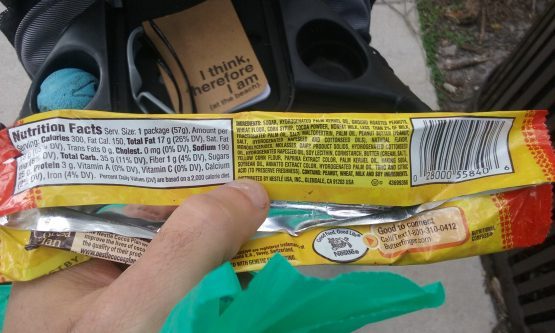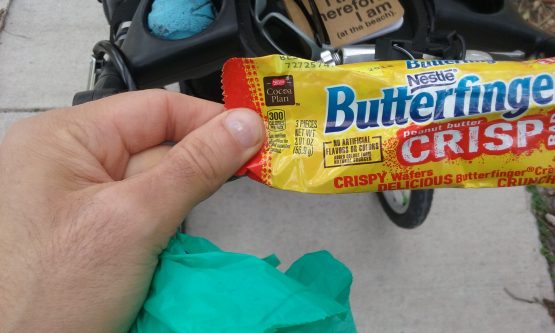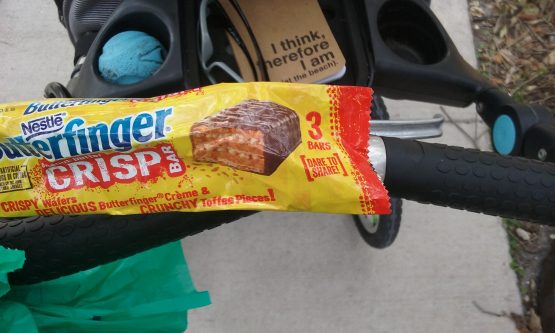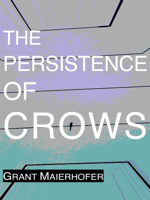
In a park yesterday I find a candy wrapper someone “forgot” to throw in the trash can.
I think, “Trash.”
I flip it over to read the ingredients list.
Sugar.
Hydrogenated palm kernel oil.
GMO Corn syrup.
Nonfat cowmilk.
Less than 2% cowmilk.
The peanut butter has peanuts, salt, hydrogenated rapeseed and cottonseed oils.
Etc.
Sugars 25 grams.

No Artifical flavors or colors.
Added colors from natural sources.

3 bars.
Dare to Share.
I think about the only other campaign I know of that uses the word “dare.”
“D.A.R.E. to resists drugs and violence”
Where D.A.R.E. stands for Drug Abuse Resistance Education program, founded in 1983 in LA, that asks students to sign a “pledge not to use drugs or join gangs and are informed by local police officers about the government’s beliefs about the dangers of recreational drug use in an interactive in-school curriculum which lasts ten weeks.[2]
Sidenote:
D.A.R.E. America’s operating revenue has declined from $10 million in 2002 to $3.7 million in 2010 following the publication of government reports that uniformly discredited the effectiveness of the program.[3]
Now back to the park, where I’m standing with trash in my hand, taking pictures of it with my android phone.
There are green TRASH and RECYCLE cans.
I push the stroller and walk the dog to the green cans.
I want to drop the candy wrapper in the RECYCLE can.
I put it in the TRASH can, wondering why Nestlé doesn’t at least wrap their candy in recyclable wrappers.
I look up then begin to walk home, thinking about how I just threw away the wrapper to 3 bars of drugs.
At home I learn on Wikipedia that Butterfinger was introduced in 1923 in Chicago, Illinois by Otto Schnering.
Nestlé, headquartered in Vevey, Vaud, Switzerland, became the owner in 1990.
Wikipedia describes Butterfinger as a “peanut butter core enrobed in milk chocolate with the tagline:
Crispety, crunchety, peanut-buttery!
Wikipedia brings to my attention the German Controversy:
Butterfinger was withdrawn from the German market in 1999 due to consumer rejection when it was one of the first products to be identified as containing genetically modified ingredients (GMOs) from corn.[16][17] Butterfinger sales ended after a successful campaign by Greenpeace pushed Nestlé to remove the product from German supermarkets.[18]
I think, “This would make a good post on TOE.”








